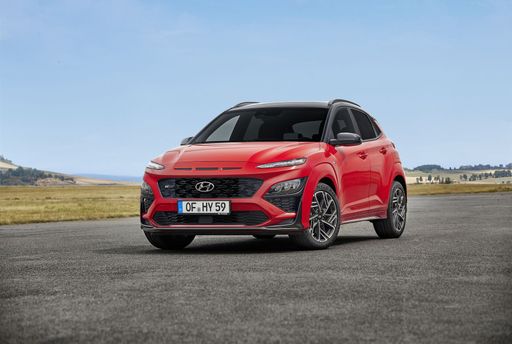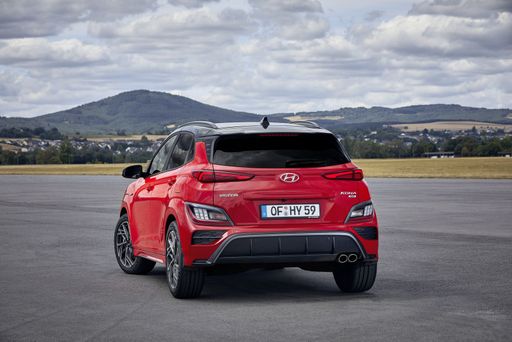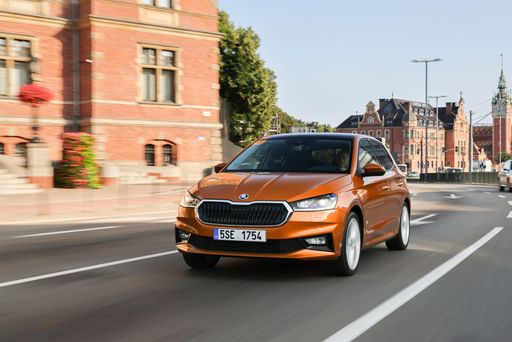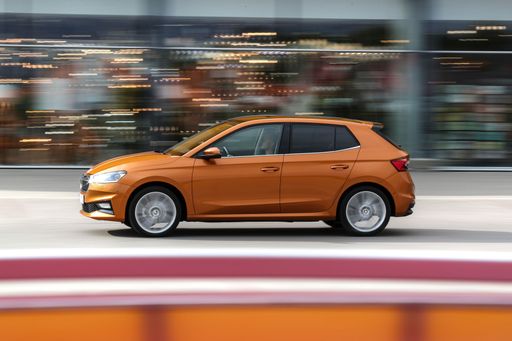Hyundai Kona vs Skoda Fabia: A Battle of Distinctive Appeal and Innovation
In the rapidly evolving automotive scene, two brands are bringing their distinctive perspectives to the table, each appealing to a different segment of car enthusiasts. The Hyundai Kona and Skoda Fabia are excellent examples of how diverse innovation can be within the industry. With the Kona leading with versatility and power options, while the Fabia shines with efficiency and practicality, let's delve into how these models stack up against each other.









